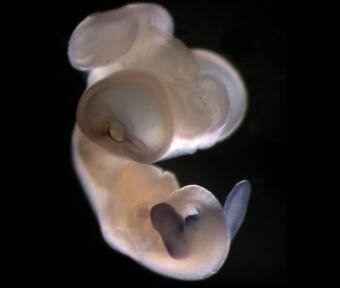A team of mathematical experts have said that 1729, which is also known as the Ramanujan-Hardy number, is linked to aspects of string theory and...

According to a new research, snakes lack limbs but they still have DNA crucial to limb development lurking in their genomes. The study has revealed that similar genetic snippets that control the outgrowth of limbs called enhancers at the time of embryonic development in mammals are vital to the development of the phallus in both mammals and reptiles, including legless snakes.
The embryonic phallus structure ultimately becomes a penis in males and a clitoris in females. The study was published in the journal Developmental Cell on October 1.
Study leader Doug Menke, a genetics researcher at the University of Georgia, said that the findings have told them that they were a little bit myopic in thinking regarding what these limb enhancers were doing in mammals.
He told Live Science, “We've really been thinking of these as limb enhancers, but more broadly, these genetic components are actually also participating in development and driving gene expression in other body tissues”.
The interest of Menke and his team revolves around DNA components known as cis-regulatory elements, or enhancers. They are not like DNA coding, and these segments of genetic information don't give the recipe for proteins. There’re instead noncoding segments, having a job to control how the protein-coding genes get turned on and off.
While referring to knowledge gained mostly through research in mice, Menke said that hundreds of these segments take part in the process of building limbs in utero.









